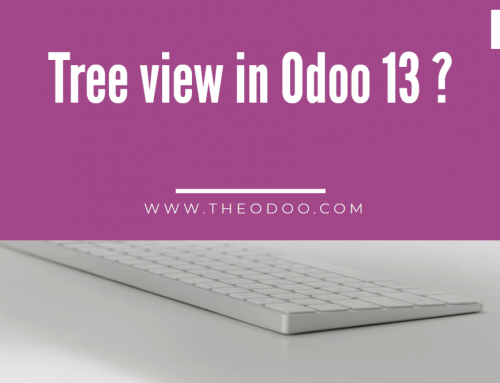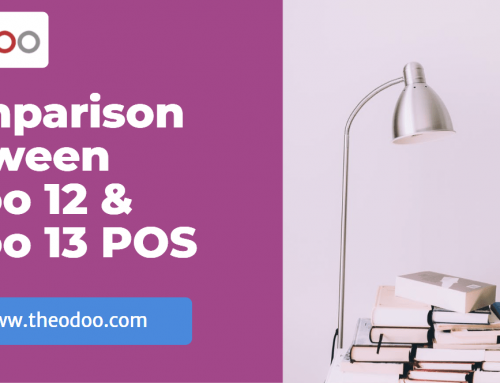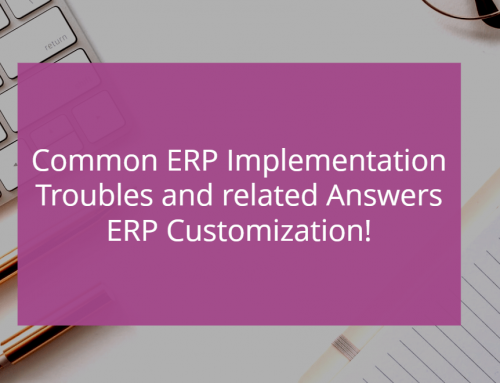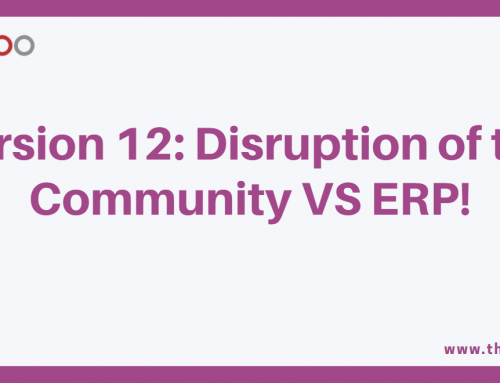Now Odoo 13 Module Migration is Easy!
Odoo 13 as it was foreseen accompanied a lot of enhancements and new highlights profiting clients. I am certain through investigating the component postings and enhancements in Odoo 13, everyone will get attracted to moving to Odoo 13. Odoo 13 shimmers with numerous pearls, for example, rich UI, better execution advancements, productive following, natural detailing, examination lattice, etc. In this way, regardless of whether you are an Odoo client or new to Odoo, you ought to relocate to Odoo 13. Follow the instruction so that you can easily be done module migration on odoo 13.
Relocating to Odoo 13 can present to you a decent rundown of cheers in the business. In addition, Odoo 13 is based upon python 3.6 gatherings all the most recent headways in the application.
Discussing Odoo as a rule, Odoo is viewed as the quickest developing ERP in the market. Odoo is known for its flexibility and consistent sequitur. It effectively oversees and meets a wide range of business prerequisites with its particular engineering. One need not run into complex advances and methods to complete things. Odoo is essentially characterized by effortlessness.
On the off chance that you are into the hunt of how to move a module to Odoo 13, this blog presents you the general expertise.
Believe the accompanying changes to be made at the time of relocation.
1) Now First, change the adaptation of the module to 13.0.1.0.0.
In the rendition number, it ought to be the fundamental variant (13.0) trailed by the arrangement x.y.z
- Addition ‘x’ when there are significant changes in perspectives and information models.
- Augmentation ‘y’ when new highlights are included without upsetting the genuine usefulness.
- Addition ‘z’ when certain bug fixes are made.
2) No decorators are required, for example, @api.multi, @api.returns, @api.one, @api.cr,@api.model_cr in the code. By default multi-records are considered.
3) Expel the movement content from the past rendition code assuming any.
4) Dole out an incentive to the non put away processed fields regardless of whether the worth is “False” in the ‘figure’ technique.
5) The utilization of Sudo(user) is deplored in rendition 13 rather, with_user(user) can be utilized.
6) The FA(Font Awesome) symbols have changed in their names, so you need to transform it in your code. Model: address-book-o to address-book, area-diagram to graph zone, and so forth.
7) In rendition 12 we have ‘old_name’ quality in the code, evacuate this ‘old_name’ trait from the code.
8) Expel the view_type from XML definition. Presently as a matter of course, it’s structure see.
Evacuate ‘multi’ from ‘ir.actions.act_window’ rather use ‘binding_view_types’ to demonstrate the view type(list,form).
Model: <field name=”binding_view_types”>list</field> In the event that utilizing <act_window> label use ‘binding_views’. Model binding_views=”form”.
9) Include the tests in the module so as to improve code inclusion.
10) In the event of decimal exactness for skim fields like import odoo.addons.decimal_precision as dp;
x = fields.Float(digits=dp.get_precision(“Product Unit of Measure”)))
Presently you can utilize it without bringing in the decimal_precision
x = fields.Float(digits=”Product Unit of Measure”)
11) In the event of the bookkeeping module note the accompanying changes:
> account_invoice – > account.move
> account.invoice.line – > account.move.line
> account.invoice.tax – > account.tax
In the event of perspectives note the accompanying changes:
> account.invoice_form – > account.view_move_form
> account.invoice_supplier_form – > account.view_move_form
12) Comprehend the usefulness of the module in the past form and ensure it serves this usefulness in the moved variant of the module as well.
For more Odoo 13 Blogs Visit “ODOO ERP BLOGS“






